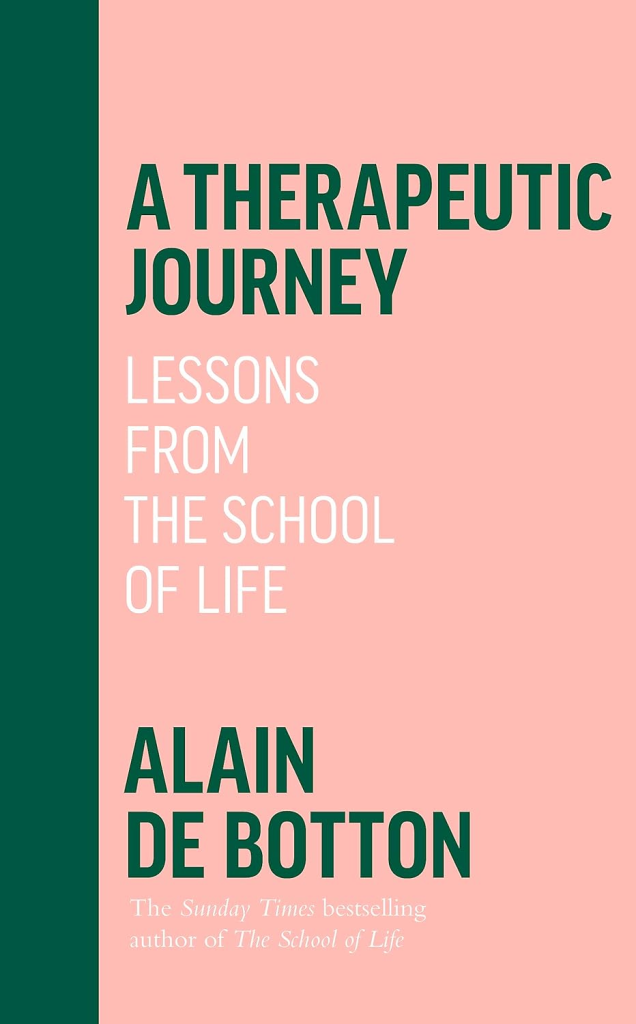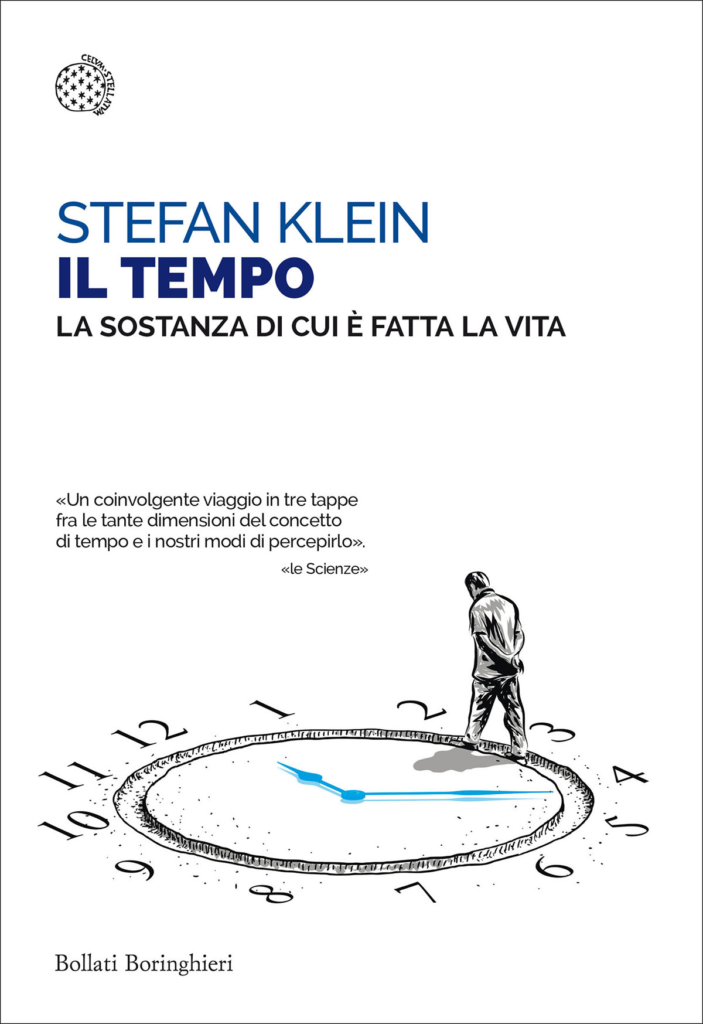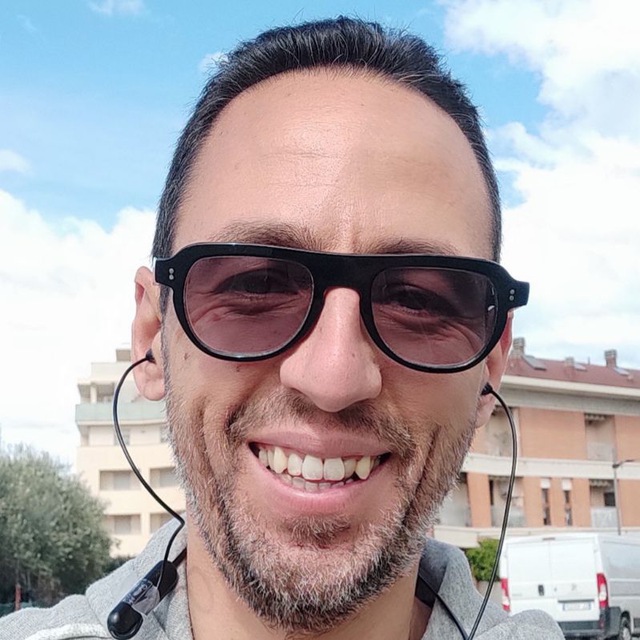
A Therapeutic Journey si sta rivelando un toccasana. Una di quelle occasioni in ci leggi un libro e sembra che l’autore stia parlando proprio a te. Sarà il fatto che The School of Life eserciti già da anni una certa influenza positiva sulla mia salute mentale e di riflesso sulla mia auto consapevolezza, ma sta di fatto che ciò che leggo nel libro è molto spesso qualcosa su cui ho già riflettuto, almeno una volta.
We start to be free when we can dare to become—in selected areas wilfully ignorant, when we no longer have to know the names of certain musicians that everyone esteems, when we don’t feel compelled to read particular books that have won prizes, when we are left cold by vacation destinations, clothes, foods, exercise regimes, political scandals, and ideas that are dominant, when we can stay home rather than attend parties with people we dislike—and when we can hear of a celebrity and genuinely wonder who they might be. It is hard enough to have to exist in any given era; we don’t in addition have to mold our souls in its image.
A Therapeutic Journey
L’ignoranza selettiva nel non sapere chi canta a Sanremo, per esempio, e vivere molto bene lo stesso. Forse anche meglio rispetto a chi lo segue e poi per una settimana va a dormire alle 2 di notte.
Ho aggiunto una chiave di lettura in più al mio stato di benessere degli ultimi mesi, pur non facendo di fatto niente di speciale. È forse il vedere la realtà quotidiana con altri occhi? L’aggiungere ogni giorno qualche nuovo stimolo intellettuale, come un capolavoro del cinema del passato, per far sì che ogni giorno sia diverso, pur essendo uguale, a volte persino senza uscire di casa?
We don’t need to make art in order to learn the most valuable lesson of artists, which is about noticing properly, living with our eyes open and thereby, along the way, savoring time. Without any intention to create something that could be put in a gallery, we could—as part of a goal of living more deliberately–take a walk in an unfamiliar part of town, ask an old friend about a side of their life we’d never dared probe, lie on our back in the garden and look up at the stars or hold our partner in a way we never tried before.
[…]
It is sensible enough to try to live longer lives. But we are working with a false notion of what long really means. We might live to be a thousand years old and still complain that it had all rushed by too fast. We should be aiming to lead lives that feel long because we manage to imbue them with the right sort of open-hearted appreciation and unsnobbish receptivity, the kind that five-year-olds know naturally how to bring to bear. We need to pause and look at one another’s faces, study the sky, wonder at the eddies and colors of the river, and dare to ask the kinds of questions that open others’ souls. We don’t need to add years; we need to densify the time we have left by ensuring that every day is lived consciously—and we can do this via a maneuver as simple as it is momentous: by starting to notice all that we have as yet only seen.
A Therapeutic Journey
Gli occhi nuovi con cui guardare la realtà di tutti i giorni genera un effetto sul tempo percepito, il tempo interno:
Why, then, does time have such different speeds, moving at certain points bewilderingly fast, at others with intricate moderation? The clue is to be found in childhood. The first ten years almost invariably feel longer than any other decade we have on earth. The teens are a little faster but still crawl. Yet by our forties, time will have started to trot; and by our sixties, it will be unfolding at a bewildering gallop.
The difference in pace is not mysterious but has to do with novelty. The more our days are filled with new, unpredictable, and challenging experiences, the longer they will feel. And, conversely, the more one day is exactly like another, the faster it will pass by in a blur. Childhood ends up feeling so long because it is the cauldron of novelty; because its most ordinary days are packed with extraordinary discoveries and sensations. These can be as apparently minor yet as significant as the first time we explore the zip on a cardigan or hold our nose under water, the first time we look at the sun through the cotton of a beach towel or dig our fingers into the putty holding a window in its frame. Dense as it is with stimuli, the first decade can feel a thousand years long.
By middle age, things can be counted upon to have grown a lot more familiar. We may have flown around the world a few times. We no longer get excited by the idea of eating a pineapple, owning a car, or flicking a light switch. We know about relationships, earning money, and telling others what to do. And as a result, time runs away from us without mercy.
A Therapeutic Journey
Caso vuole poi che il concetto del tempo interno, che scorre in modo variabile, sia un tema in cui mi sono imbattuto pochi giorni fa in un altro libro sul tempo.
Mentre noi educhiamo la nostra percezione e la nostra attenzione, cambia anche la percezione del tempo. Noi possiamo lasciarci alle spalle il timore di affogare nel vortice del tempo. Sta a noi imparare a nuotare, e farci trasportare dalla corrente del tempo.
Il tempo di Stefan Klein

Tempo scaduto. Alla prossima esplorazione!

Lascia un commento